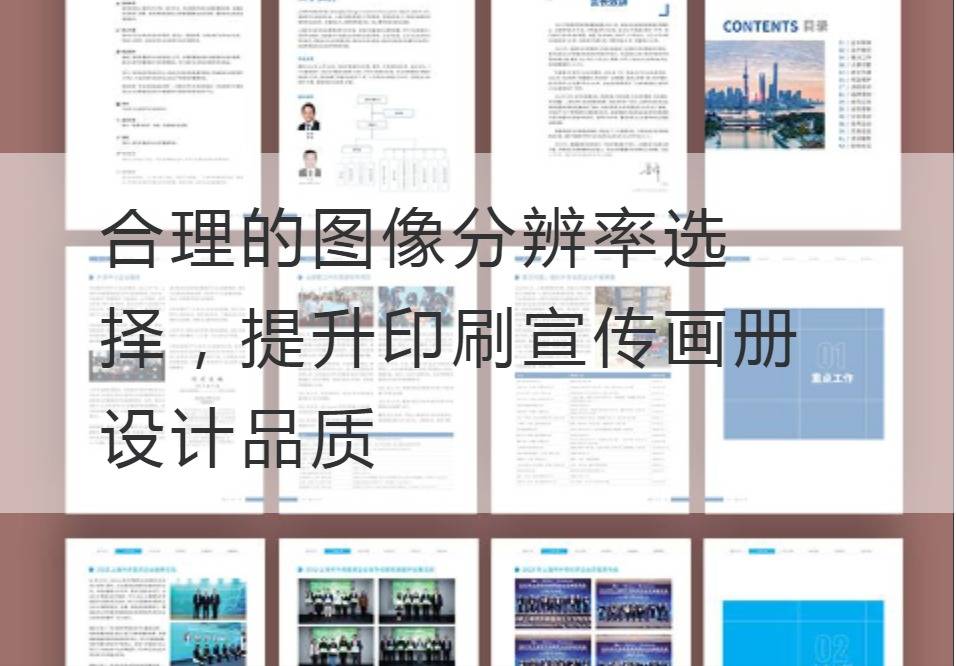Reasonable image resolution selection to improve the quality of print brochure design
The printed brochure is a canvas for brand development and a social bridge to communicate the spirit of the brand and the customer. Every inch of ink stain is like a cell under the microscope, carrying the identity of the brand, conveying the voice of the brand. As a print that you can't stop and read, it impresses with its high aesthetic standards and print quality. How to improve the design of an album? A key factor is to choose a reasonable image resolution.
Image resolution, which can be reduced to pixel density, reflects the richness of image information. In an easy-to-understand example, the resolution of the image is like a palette in your hand. Higher resolution images have more detail, richer colors, and can create more gorgeous album designs. In practice, however, we need to make a trade-off between document size and loss of detail.

In general, there are two main factors to consider in the selection of image resolution in the design of print brochures: One is the capability of the output device, that is, the DPI (dots per inch) value of the printer; Second, the distance at which the image is ultimately viewed. In the printing industry, the recommended image resolution is 300 PPI (dots per inch) because most images can be printed at a resolution of 300 PPI, while increasing the resolution only increases the file size but does not significantly improve the print quality.
Note, however, that higher resolution, such as 600 PPI or higher, may be required if the brochures require frequent large-scale displays, such as exhibitions or large events, or if they need to display details through high magnification lenses. This is because the ability of the human eye to perceive details is different from that of a distance. Image resolutions above 300 PPI allow closer observers to see more detail.
On the other hand, designers cannot ignore the original quality of the image when choosing the resolution of the image. If the resolution of the original image is lower than the desired resolution, processing such as "up-sampling" using an image editing tool such as Adobe Photoshop can cause image distortion or mosaics, so you must be careful when selecting the image.
Generally speaking, for the designer of print brochures, choosing reasonable image resolution is like oil painter choosing high quality pigments and brushes, which can endow the design work with excellent visual effect and enhance the quality of the brochures. From the raw quality of the image to the final print, the designer's expertise and discerning aesthetics are required at every stage.
In today's digital technology era, the standards and requirements of visual communication are changing with each passing day. As designers in the 21st century, we need to look at the complexity and use the most elegant design language to achieve the best display of the brand. Choosing a reasonable image resolution, such as balancing art and technology on the scale, is printing.Publicity album designThe cornerstone of quality improvement. Let us use sharp eyes, gorgeous vocabulary, and modern technology to jointly construct a more excellent visual experience and start a brand new design journey.
Recommended Reading:
Technology-based: The Intelligent Way Out of Shanghai's Internal Magazine Design
Shanghai Internal Magazine Design: "Seal" Proof of Infinite Charm
The Sublimation of Modernism in Shanghai's Internal Magazine Design



